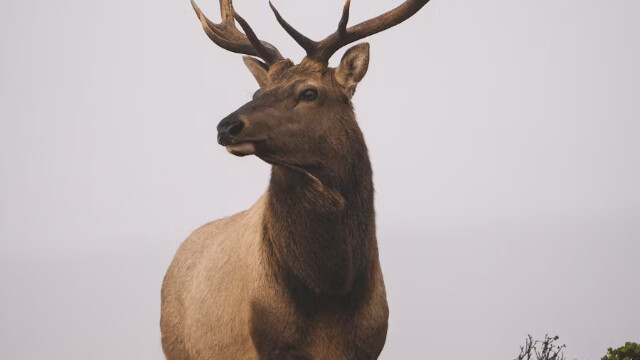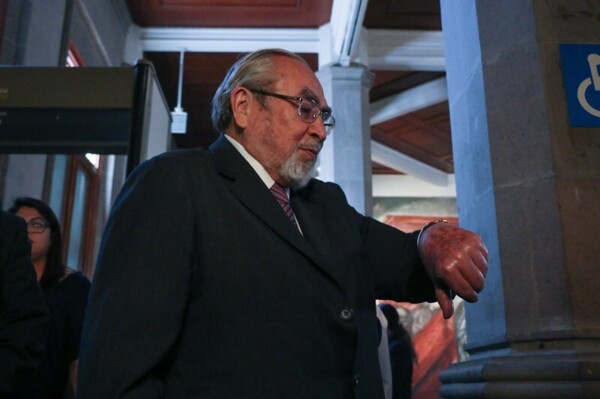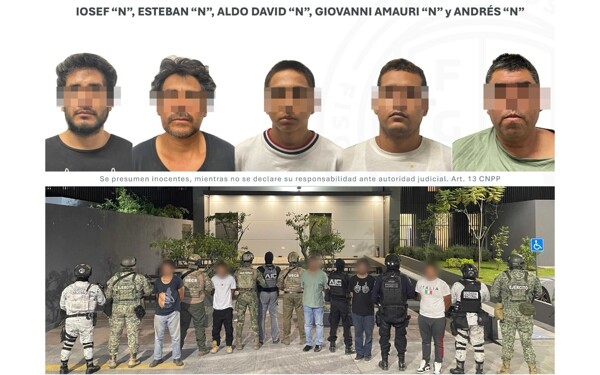
In a world increasingly disconnected from nature, this dance reminds us of the importance of living in harmony with our environment and honoring the cultural roots that define us as a society. Preserving and valuing the Deer Dance is keeping Mexico's spiritual memory alive, a legacy that invites us to view the world with respect, humility, and reverence for life.
The Deer Dance is a performance that communicates without words, transmitting spiritual messages through movement, rhythm, and energy. For the Yaqui people, the deer is not just a desert animal but the spirit of the mountain. When the dancer dons this attire, they cease to be an individual and become the spirit of the deer dancing for life.
The Deer Dance is not merely an artistic expression; it is also a vehicle for moral and spiritual teaching. The elders of the people were responsible for teaching its meaning, music, and steps to new generations, thus preserving a tradition today recognized as Intangible Cultural Heritage of Mexico.
The spiritual dimension of the Deer Dance is profound and symbolic. It is not just an artistic spectacle but a sacred ceremony that encloses centuries of history, spirituality, and ancestral wisdom. Through its movements, music, and symbolism, the Deer Dance expresses the cycle of life and death, the bond between humans and nature, and the spiritual relationship with animals.
Each element of the costume has a spiritual and functional meaning. The deer mask, crafted from wood, horns, and skin, represents the face of the sacred animal. Bells and rattles mark the rhythm and evoke the sounds of the mountain. A red or white handkerchief symbolizes the soul of the deer and its spiritual purity. A loincloth of rough cloth expresses simplicity and connection with the earth. Necklaces of seeds and flowers represent fertility and blossoming life.
In the symbolic narrative of the dance, the Pascolas represent the hunters seeking the deer. Each time a dancer puts on the deer mask, they honor the collective memory of their people and affirm their right to exist. The dance is, therefore, not only a spiritual ritual but also a political and social act.
Music is the soul of the ritual. Without music, the Deer Dance would lose its essence. The music not only accompanies but also guides the dancer, marking moments of calm, alertness, and sacrifice. The rhythm quickens when the deer senses the presence of the hunters, reflecting the tension between life and death.
Today, the Deer Dance remains a living manifestation within the Yaqui communities of Sonora and Sinaloa, especially during the traditional Holy Week festivities. Although it is also presented in cultural venues and festivals, the Yaqui people maintain a clear distinction between the ceremonial dance and the exhibition dance. In both cases, the dance continues to be a symbol of ethnic pride and spirituality.













